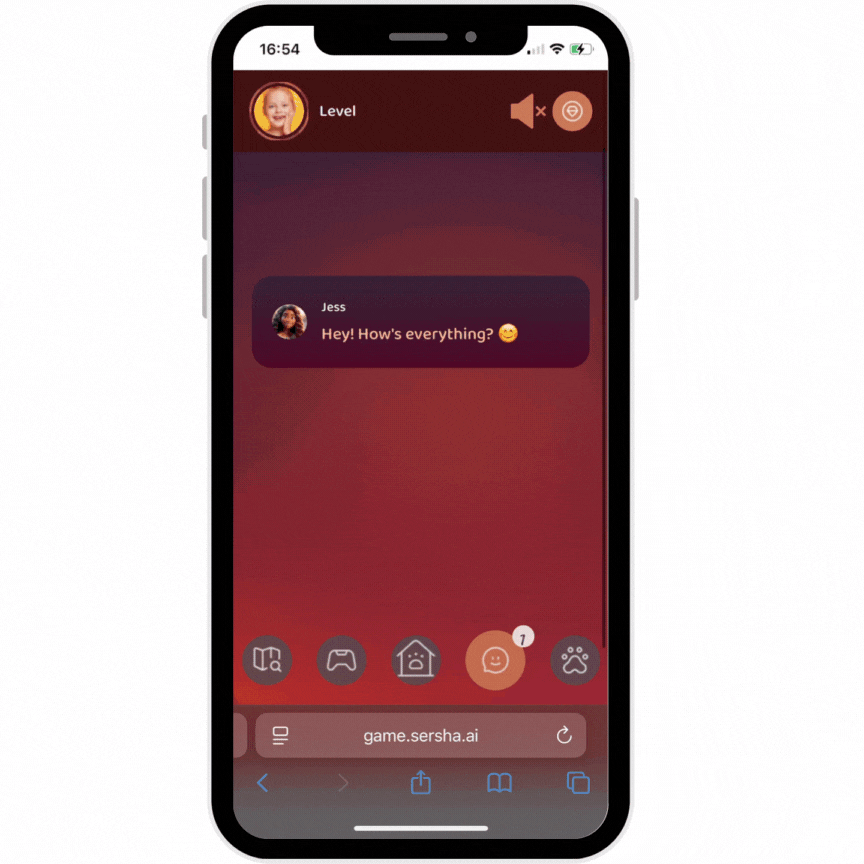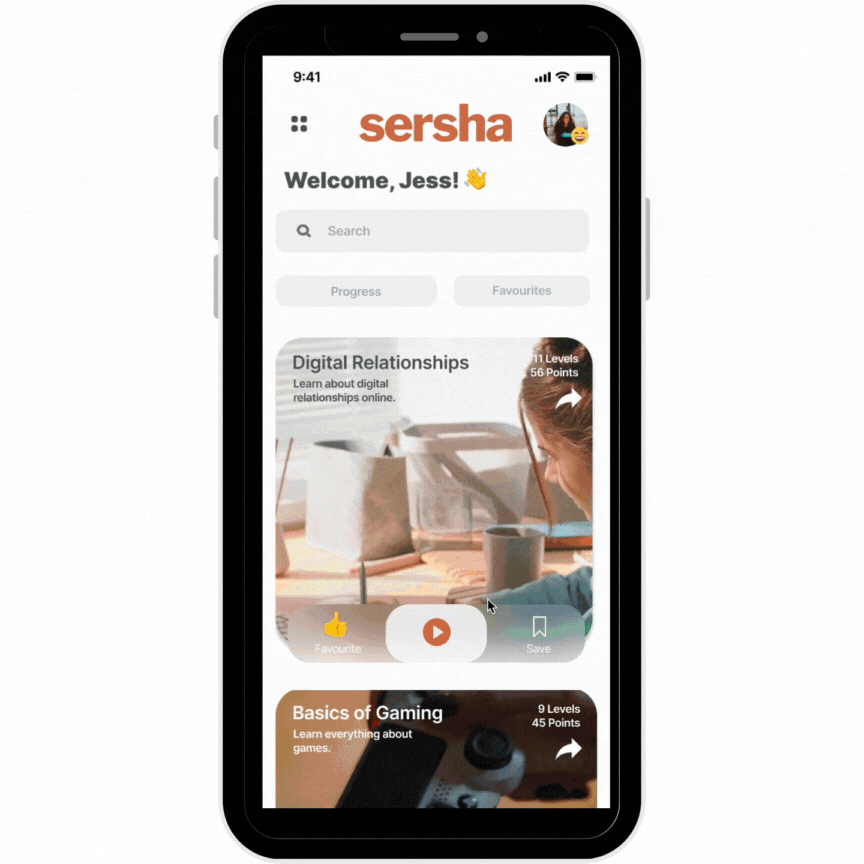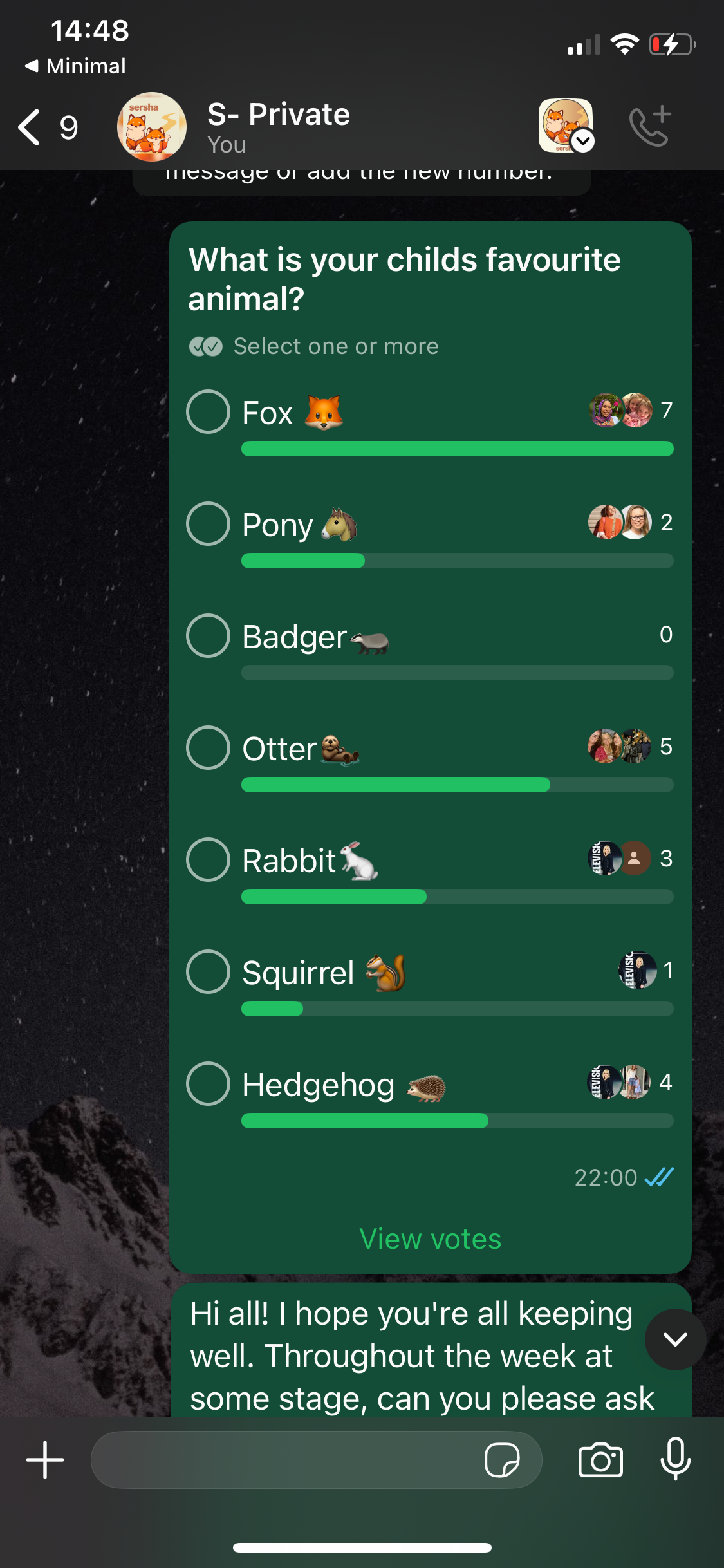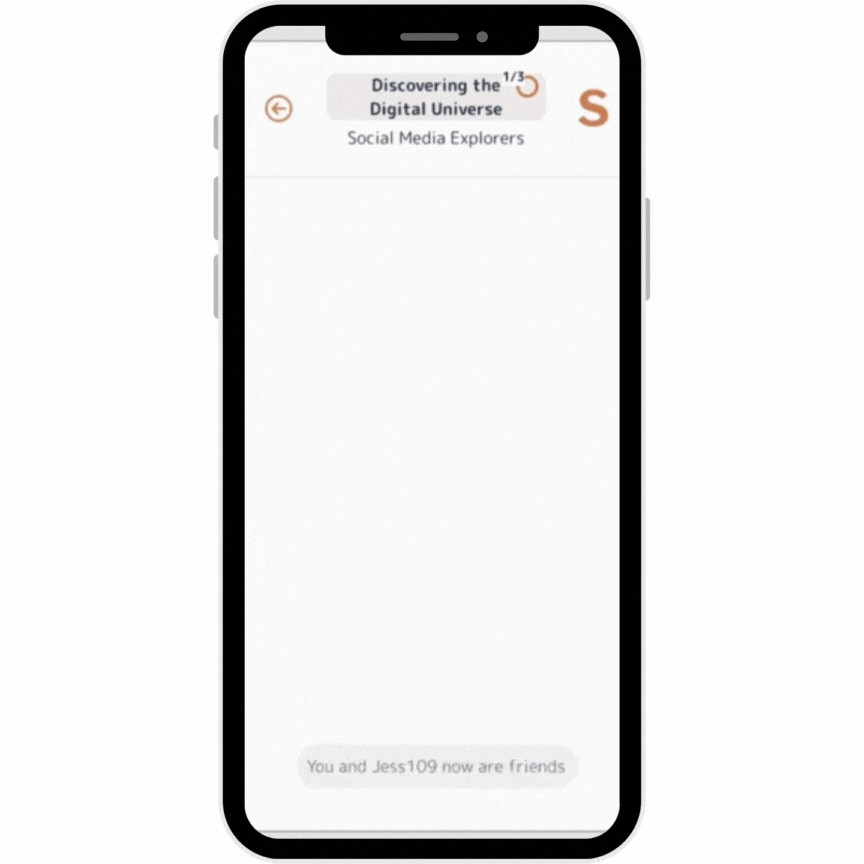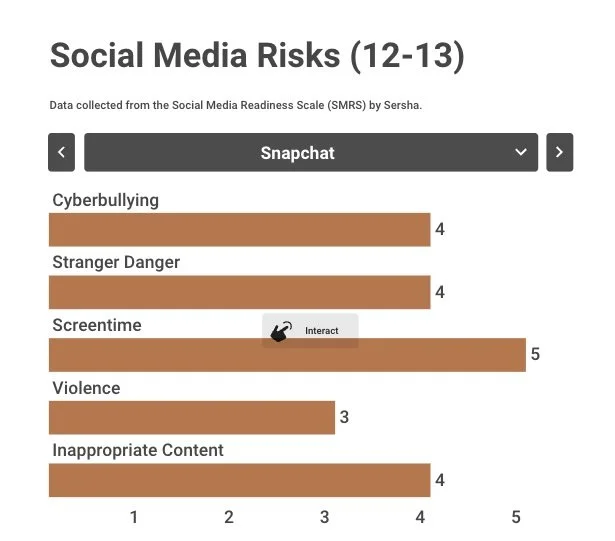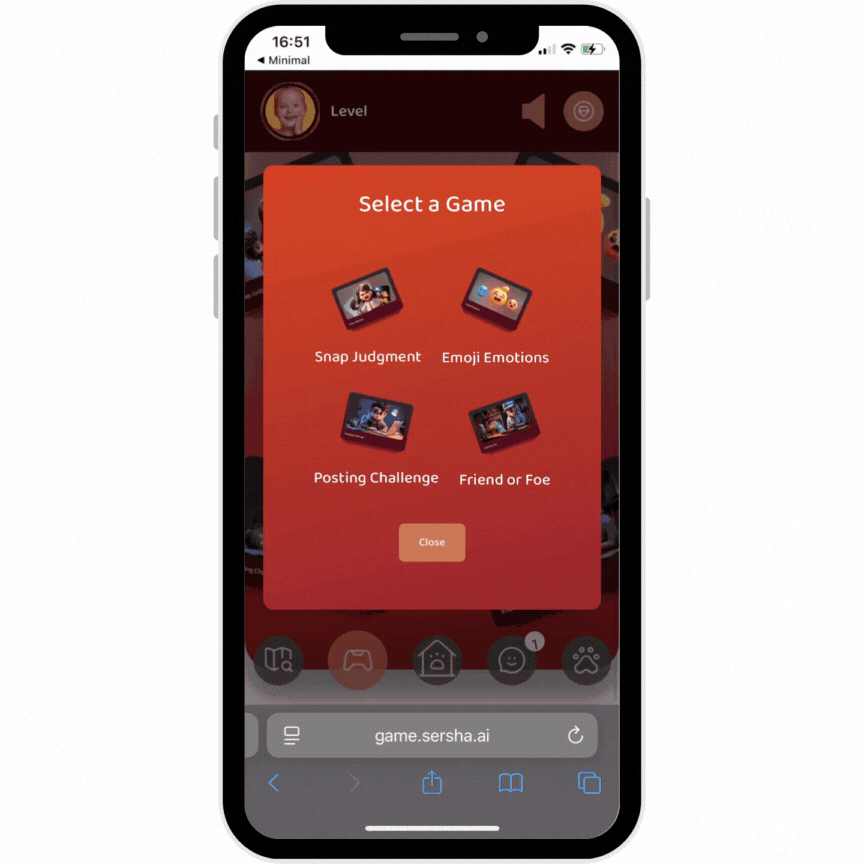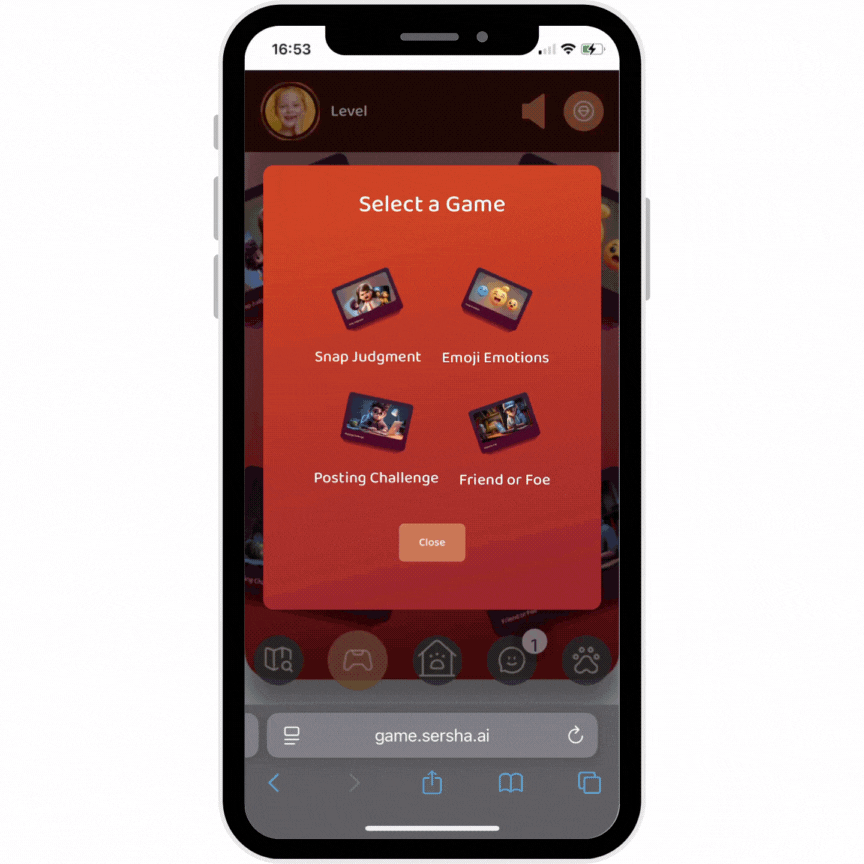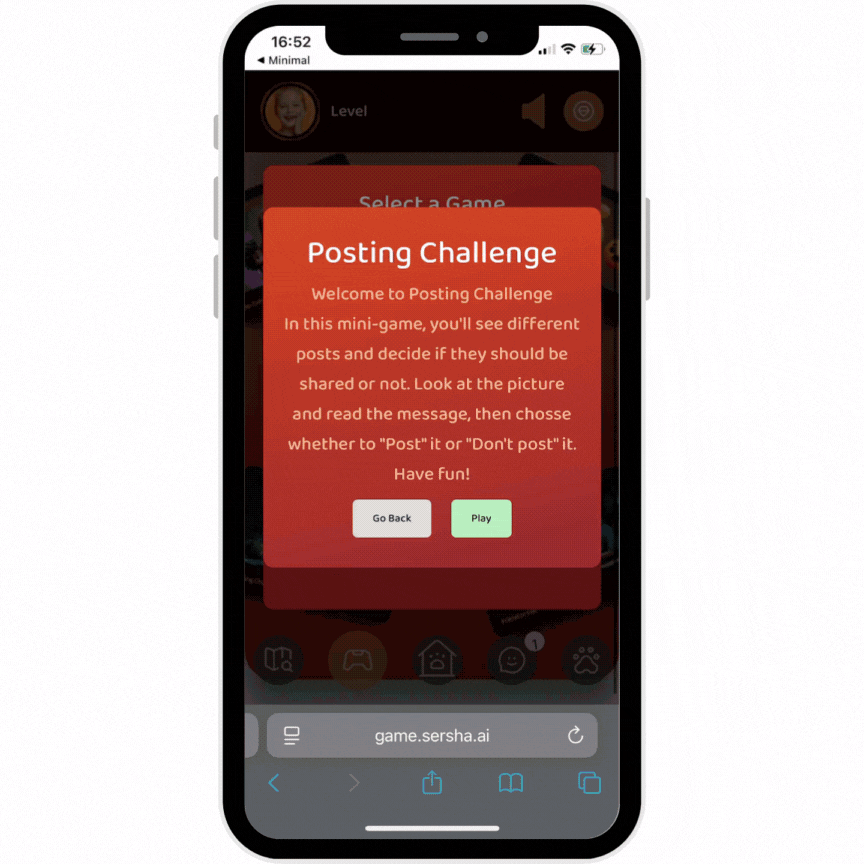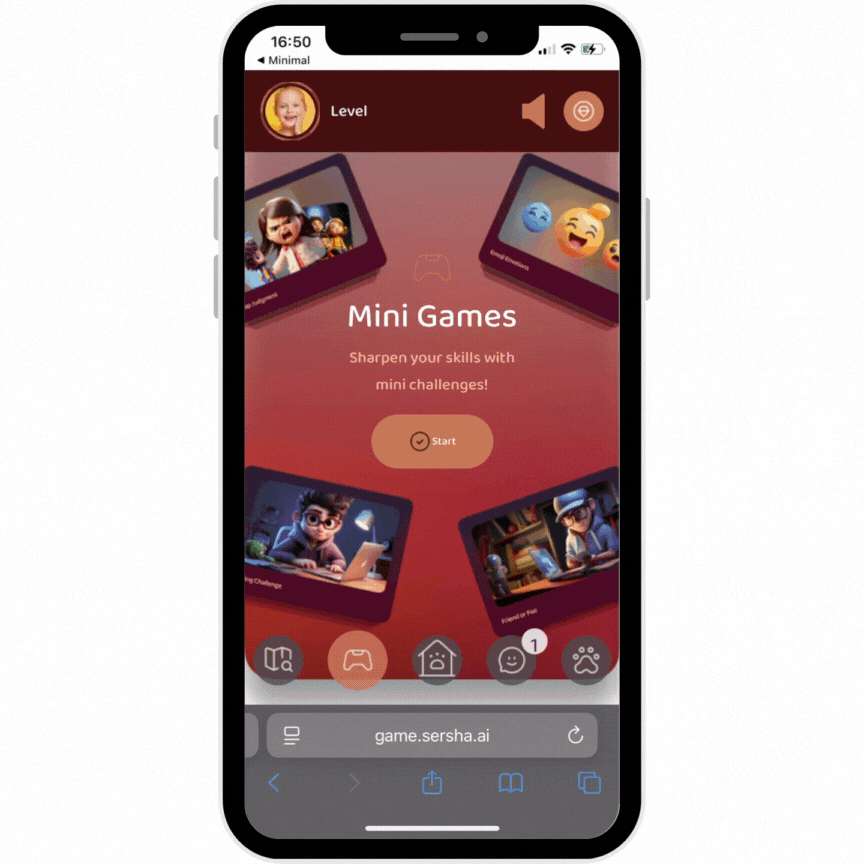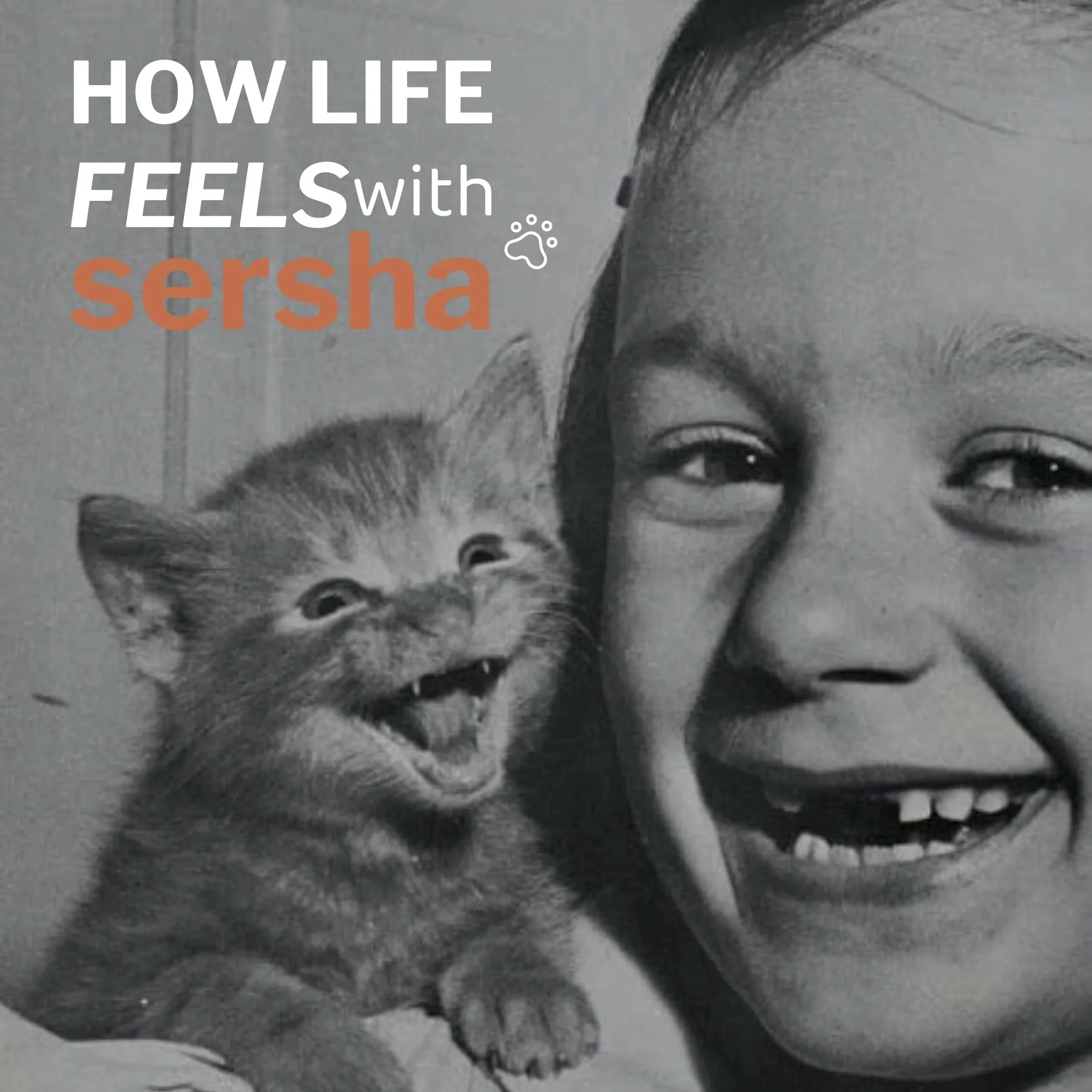
What is Sersha?
I founded Sersha and led it from first ideation and interviews in 2021 through launch in 2024. The product is a story-led, Duolingo-style game that helps pre-teens learn social-media safety through fast Q&A, guided chats, and short mini-games, set in a world where foxes keep the internet safe until a rogue fox disrupts it.









The Game
Sersha the story is set in a world where foxes run social media to keep it safe, until a rogue fox begins to cause trouble. Players join as secret agents, customise their fox, and move through a simple world map. They chat with pre-scripted agents (Jess, John, Nicky, Sam), choosing from a handful of safe, guided responses. When the rogue fox “attacks,” players face short, timed question blocks and then reinforce what they’ve learned in mini-games. The tone is playful, but every choice maps back to real online behaviour.
“In a world governed by foxes ensuring social media safety, players are recruited for a secret mission with Sersha the fox and her agent friends to tackle a rogue fox spreading cyberbullying and danger. The journey takes a turn as it reveals the rogue fox as Sersha’s estranged brother, influenced by his negative online experiences. This adventure educates players on the consequences of online behaviour and highlights the importance of kindness, forgiveness, and family values.”
What pre-teens can learn
The product is designed to build judgement, not just recall. Players practise cyberbullying prevention, safer online communication, privacy awareness (profiles and settings), and healthy screen-time habits. Under the hood, those core areas expand into a structured curriculum (see below) so progress isn’t just “completing content” - it’s demonstrating better choices over time. More information on topics are below.
Why I built Sersha
Sersha actually started as an idea for adolescent mental-health support using photorealistic AI avatars. Once I began discovery, a clearer need emerged: parents were most concerned about smartphones and social media shaping daily life and wellbeing; schools wanted structured tools but had limited budgets; and young people engaged best with short, gamified practice. I ran 150+ discovery surveys and 30+ interviews, A/B-tested with 18 families, worked with UCD on a 600+ parent study, and ran a paid pilot with 25 families in 2024. Those loops shaped what we built and how we tried to bring it to families.
An early look at Sersha’s original concept shows photorealistic avatars delivering therapy to adolescents. Ultimately, we identified potential trust issues with AI in this context and recognised it would not pass ethical standards. In response, I spoke directly with families and discovered that one of their biggest concerns for children’s mental health and wellbeing was early access to social media and smartphones. This insight drove the first major pivot in the business and became the foundation on which Sersha was built.
Early prototypes and interactive Figma flows gave both adolescents and parents the chance to explore Sersha’s concept hands-on. These sessions revealed how users navigated the app, which features felt intuitive or challenging, and what elements of design, story, and progress kept them engaged. The goal was to balance enjoyment with safety - maintaining curiosity and motivation without building in addictive qualities - while ensuring the experience felt relevant, age-appropriate, and easy to return to. (For better experience, play prototypes on desktop: Prototype 1. Protoype 2.)
From the start, I knew a mascot would be essential for brand salience - something instantly recognisable, memorable, and loved by children. Through polls and feedback sessions with families, the fox emerged as the clear favourite: a familiar, playful animal in Ireland that resonated with both kids and parents. While its style evolved over the course of development, the fox remained a consistent anchor for the brand, bringing warmth, personality, and a sense of adventure to Sersha’s world.
This was Sersha’s first live MVP. An alpha version built in just 14 days in partnership with a low-code Bubble developer. The content, curriculum, and design were rapidly mapped and implemented, allowing families to explore the platform and share real-time feedback. It became an interactive space where kids could engage with the game’s narrative and features, while parents offered insights on usability, educational value, and what would keep young users engaged without adding addictive qualities.
Feedback from the MVP phase was candid and, at times, critical. Many users found the experience too boring to hold their attention. This became a turning point for Sersha. We realised that to compete for young people’s engagement in a world dominated by major tech platforms, we needed to weave in deeper gamification frameworks and playful, interactive elements. This pivot set the stage for a more immersive, curiosity-driven experience, ensuring the educational goals were met without sacrificing fun.
Sersha’s final form evolved into a fully gamified, interactive, story-driven experience, where learning is woven into playful challenges, and the player becomes the hero. By introducing the “rogue fox” antagonist, the game turned digital literacy into an engaging mission: outsmart the threats, protect your online world, and build the skills to navigate it safely.
Problem definition and research focus
From my research, I prioritised five risks parents most often asked for help with: cyberbullying, stranger danger, violence, screen time, and inappropriate content. To assess children’s preparedness in these areas - and to directly inform both the curriculum and game design - I developed the Social Media Readiness Scale. This framework broke each risk factor into measurable components, such as virality, communication features, persuasive content, and stranger accessibility, and scored over 20 popular apps and games. By combining parental concerns with an in-depth feature assessment, the scale offered a clear picture of a child’s digital readiness, allowing us to tailor learning paths by ability and give parents a concrete view of where their child stood.
The Social Media Readiness Scale
The Social Media Readiness Scale (SMRS) assigns each app a combined score based on its features and its risk profile across five key concerns: cyberbullying, stranger danger, violence, screen time, and inappropriate content. These scores are mapped to age bands: 9–11, 12+, and 14+—to indicate the typical level of digital maturity needed before a child can safely navigate the platform. The closer an app appears to the outer ring, the higher its risks and feature complexity, and the greater the resilience and judgment required for safe use.
Features & Risk Analysis
The Sersha Readiness Scale examines 18 core features that make up the backbone of most social media platforms—from “Virality” and “Content Creation” to “Addictive Qualities” and “Instant Gratification.” Each feature is scored from 1–10 according to the level of digital maturity and judgment a child would typically need to navigate it safely.
These feature scores are then paired with a separate risk analysis covering the five concerns parents most often raise: cyberbullying, stranger danger, violence, screen time, and inappropriate content. By combining these two datasets, we produce a single Social Media Readiness Score (SMRS) for each app.
A higher SMRS score indicates that the platform contains more complex features and higher potential risks—meaning a child would need stronger digital resilience, critical thinking skills, and awareness before using it independently. This approach allows us to not only compare apps side-by-side, but also give parents a clear, evidence-based picture of where their child stands in relation to the challenges posed by each platform.
SMRS Results, Interactive & Shareable Formats
Understanding online risks shouldn’t be complicated. Once an app is assessed using the Social Media Readiness Scale, the results are presented in two ways:Interactive Risk Dashboard – Parents, educators, and young users can select any app from a dropdown menu to see how it scores across five major risk areas: cyberbullying, stranger danger, screen time, violence, and inappropriate content. This quick visual reference helps users understand which risks are more prominent for each platform.
CyberSafety Defender Cards – These bite-sized, visually engaging summaries condense the key risk scores into a single, shareable card. Ideal for social media or classroom discussions, they make it easy to communicate the digital maturity needed for safe use of each app.
Both formats are designed to be clear, engaging, and actionable, ensuring the results are not just informative, but also easy to share and discuss.
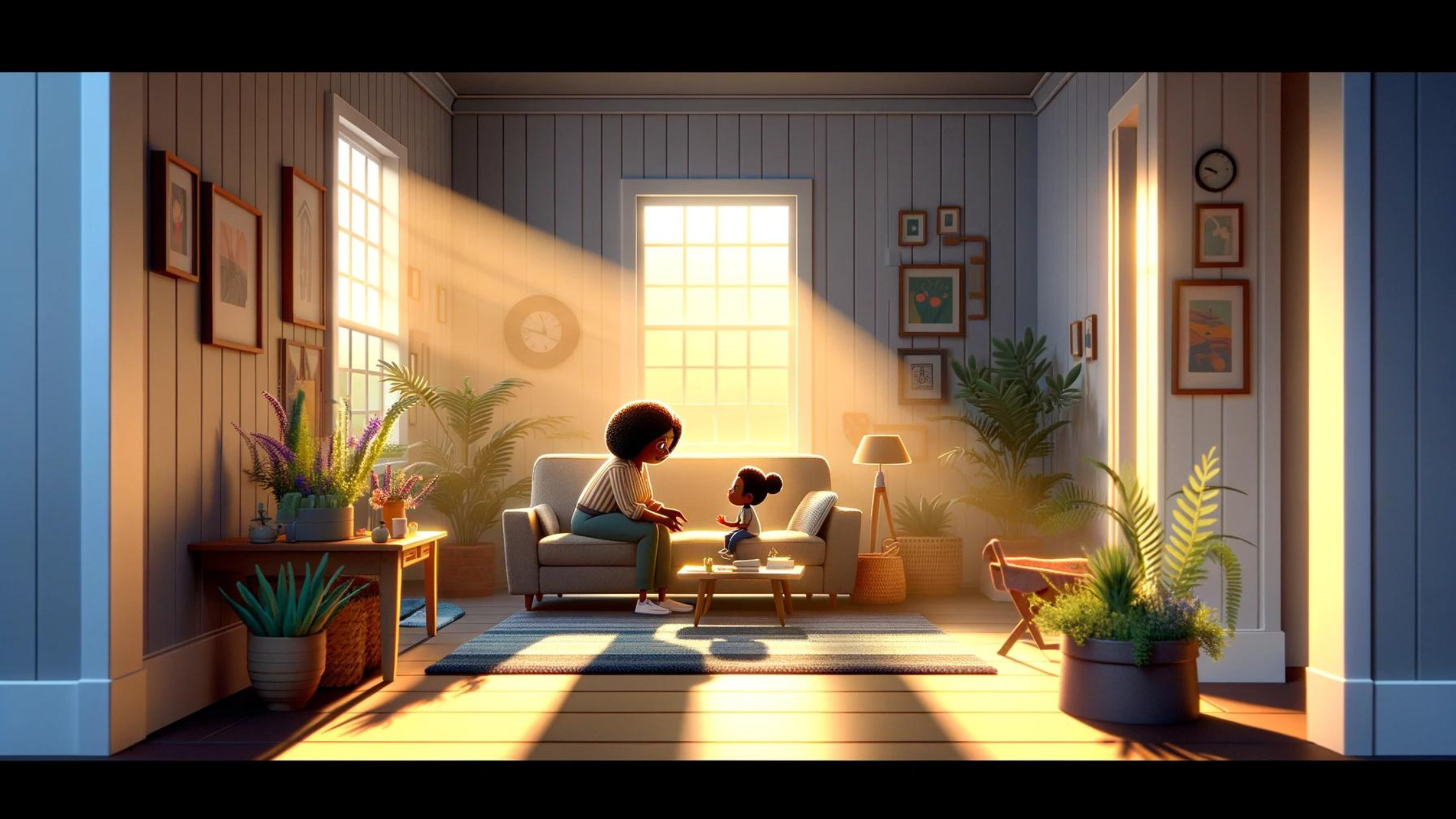
Curriculum design
The five risks expanded into a 13-topic curriculum, tiered Easy / Medium / Hard by age and ability. I designed the structure with the help of our wellbeing specialist (also an international-school teacher) and my lead developer so pedagogy and implementation stayed aligned. The topics covered: Social-Media General; Communication Online; Safety Online; Cyberbullying; Content Online; Critical Thinking; Online Safety & Wellbeing; Screen Time; Stranger Danger; Online Communities; Inappropriate Content; Influencers; and Video Games. Our aim was steady progression: short explanations, bounded choices, immediate feedback.
Mini-Games
To keep practice quick and concrete, we built four short games: Friend or Foe asks players to accept or decline friend requests after reviewing a profile. Posting Challenge asks them to decide “Post” or “Don’t post” on borderline content. Emoji Emotions builds tone awareness by matching feelings and situations. Snap Judgment asks players to classify posts as positive, negative, or neutral - practicing restraint before reacting. Points from mini-games feed back into avatar customisation, which keeps motivation strong without adding pressure.
Emoji Emotions
Friend or Foe
Posting Challenge
Snap Judgment
How we mapped psychology to design
We designed features against six needs we saw in pre-teens: independence and identity; competence and achievement; adventure and exploration; recognition; safety and belonging; and emotional regulation. Alongside this, we applied gamification principles rooted in intrinsic motivators such as curiosity, mastery, and autonomy - and social drivers like interest, community, and purpose.
Avatar customisation supported identity and autonomy, giving players ownership over their in-game persona. Challenge/reward loops, visible progress, and tiered difficulty levels (Easy / Medium / Hard) supported competence and mastery. The world map encouraged exploration, while the rogue-fox narrative created safe stakes to spark curiosity and maintain engagement. We also planned to implement short “parent conversation starters” so families could debrief together, reinforcing safety, connection, and co-regulation.
Where peer-belonging was light, we explored low-risk social elements for future versions of the game, such as visiting a friend’s fox home, rather than open chat, maintaining community without compromising safety. Purpose was built into the core loop: every mission related to real-world online safety decisions, ensuring gameplay was engaging enough to repeat while keeping learning outcomes front and centre.
Evidence and outcomes
To help parents make informed choices (and to shape level design) I created a Social Media Readiness Scale. It gave families age-appropriate insight and, importantly, showed us where to focus the next round of content. It also worked well as a value-first sign-up: early campaigns reached about 30.5% engagement and our list grew by roughly a quarter from the scale alone. Over the life of the project I raised €150k (Enterprise Ireland and angel investment) and, with the team, validated demand with a 25-family paid pilot. We also opened conversations with schools, telcos, and charities.
Marketing concept for Sersha
UI Concepts, Sersha
John, Jess, Nicky & Sam
Distribution & Pivots
We first aimed at international schools, but buying cycles were long and standards varied by country. We then tested a parent-led model in Ireland; interest was clear, but paid acquisition made it hard to sustain at the price point families expected. At that point the practical move was to shift to open access supported by partnerships (especially with telcos) to lower acquisition costs, broaden reach, and move faster. Ultimately, the partnership-led go-to-market plan didn’t materialise, and without additional seed funding, we closed the project.
Team, My Role & Key Learnings
I led research, product strategy, marketing and go-to-market. I collaborated with our educational consultant to design the curriculum structure and learning outcomes, and worked closely with our developer, designer, and marketing support to prototype, brand, and launch the product. I wrote all in-game dialogues (using AI for variant scripting) and applied AI tools to create music, sound effects, and branding with a Disney-style avatar-world aesthetic. Alongside this, I built the founder/brand marketing strategy, secured funding, set up automated email funnels, and coordinated pilots and feedback sessions with families.
Keeping the experience simple and story-led helped children practice real-world decisions without being distracted by extra features. The readiness scale proved invaluable for building trust with parents early on. In a category with two distinct audiences (children and parents) partnerships are the most practical way to reach families at scale when competing with general entertainment platforms.
Current Status
I led Sersha from inception in 2021 to launch in 2024; the company has since closed, though the game remains available to play here. During that time, I won the Startup Awards in 2024, reached the semi-finals of the Seedcorn competition, secured both private investment and Enterprise Ireland funding, and completed all three phases of the New Frontiers programme. I’m sharing this as a product and go-to-market case study - covering everything from early interviews to shipped gameplay and the commercial decisions along the way. For more on the product or the software approach behind it, contact me at ruthguest93@gmail.com.
Ruth at pitching competition (left) and appearance on Virgin Media TV.

